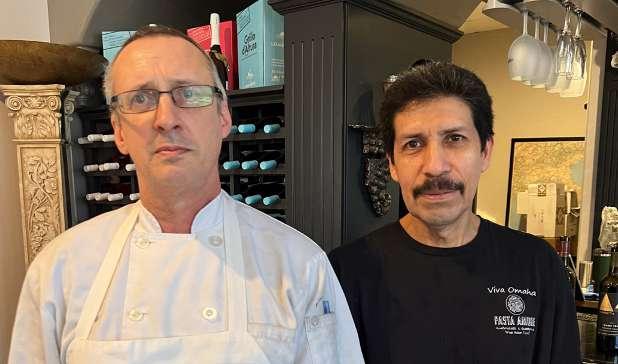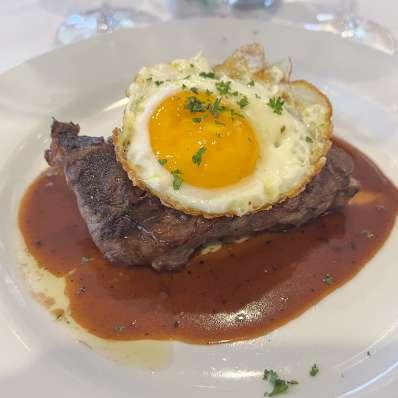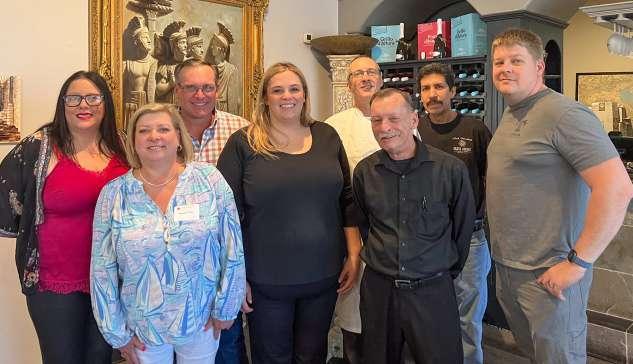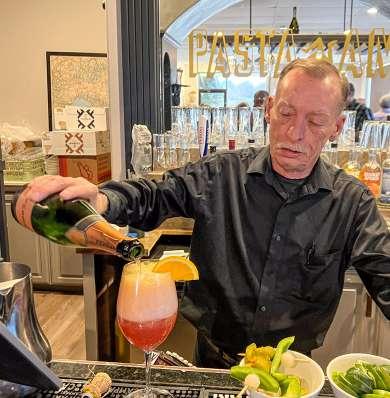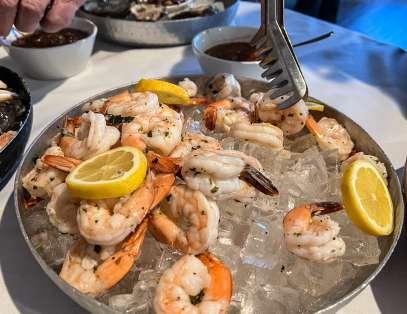
1 minute read
Event Report: IWFS Ken Wright Cellars Virtual Tasting.
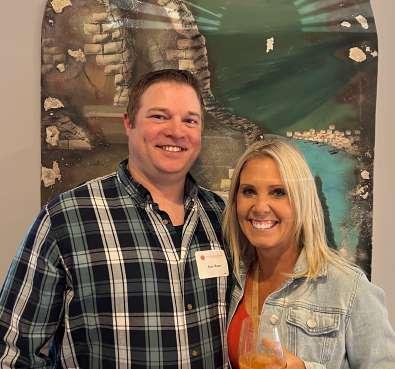



Written by Tom Murnan

Since COVID, the IWFS Americas has been putting on Zoom tasting events. This was my first one, a very well done event I have to say. Ken Wright is an icon in the Willamette Valley, having introduced in 2002 six new AVAs when it was easy to do so: Chehalem Mountains, Dundee Hills, Eola-Amity Hills, McMinnville, Ribbon Ridge, and Yamhill-Carlton Each AVA has its own unique characteristics. There are 16 Willamette AVAs now. He also was the first to do individual vineyard designations on the bottle. He taught us a lot about the fickle grape, Pinot Noir (PN), in layman’s terms. We compared two 2021 bottlings, one from volcanic soil called Jory (Latchkey) and one from sandy, marine sediment soil called Willakenzie soil(Shea Vineyard).
Wright was attracted to the Willamette because it was similar to Burgundy in soil and climate. Pinot Noir needs cool temperatures to excel. This is because its DNA is different than most all grape varietals. It fails miserably in warm climates. It races to produce high sugar with warmer temps, and forces you to harvest early, before it develops complexity. Cool weather puts the brakes on, increasing hang time increases complexity and nuance. Between 250 feet elevation and 750 foot elevation is the sweet spot for PN. Cool breezes from the ocean is important as well.
Pinot Noir expresses the soil conditions (terroir) better than any other grape except Chardonnay and Riesling. The vineyard is what makes the wine, not the winemaker. If you prepare the soil so that the vine roots can access the minerals and nutrients deep under the topsoil, this is absorbed into the vine, then by the grape. Vineyard management includes not using chemicals, and not compressing the soil with tractors. Compressed soil reduces the oxygen in the soil, which impacts the microbiology in the deepest level of soil called the Parent Material. If you kill the aerobic microbes, it reduces the ions that give flavor. All the best vineyards in the world have a deep layer in the Parent Material to provide all the micronutrients needed for outstanding grapes, which are crushed into outstanding wine.

